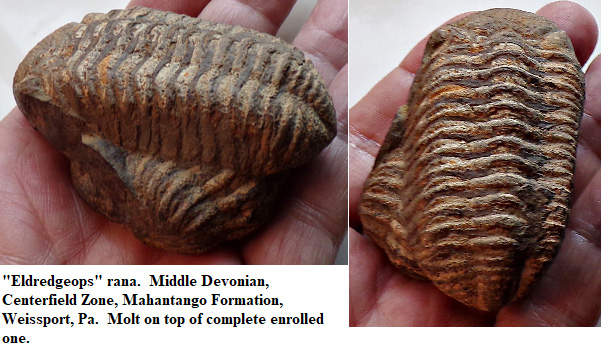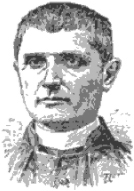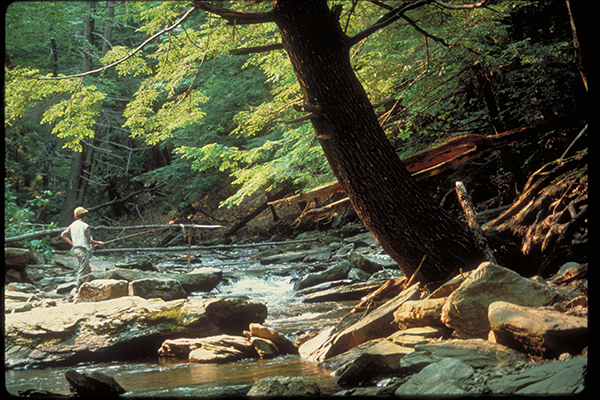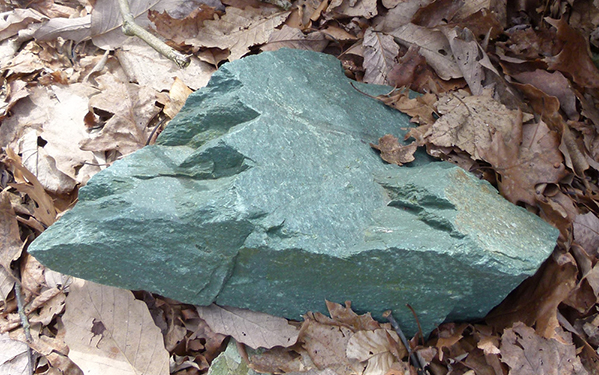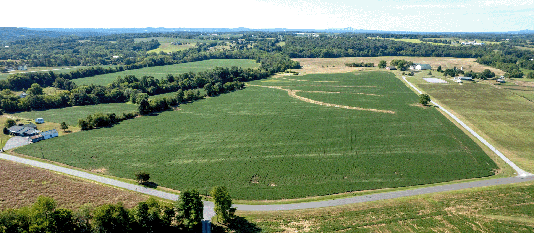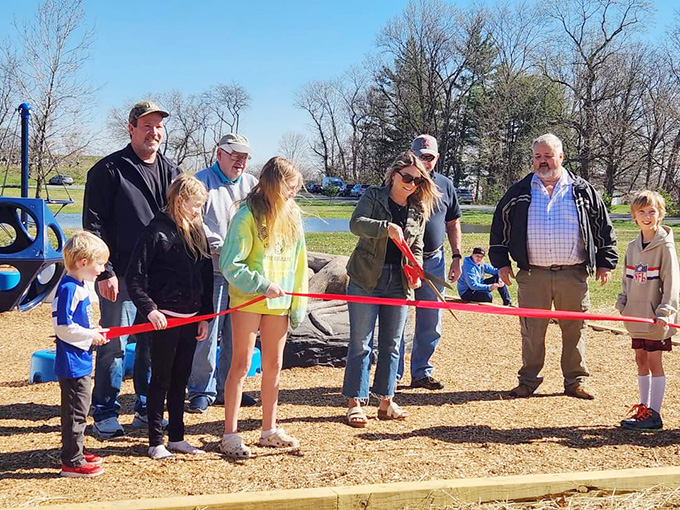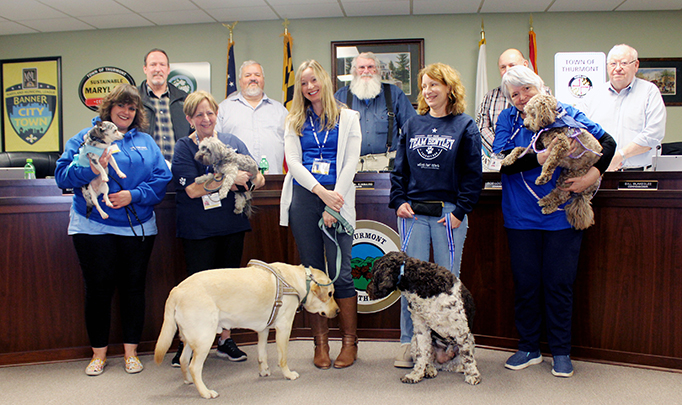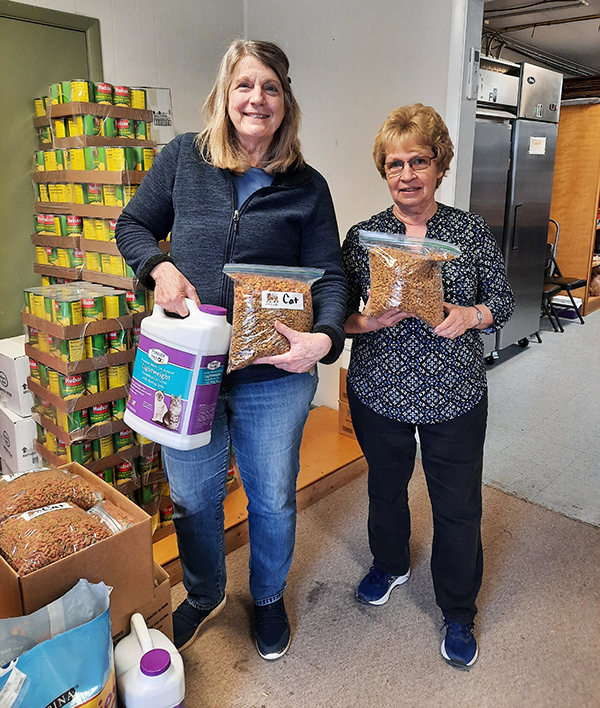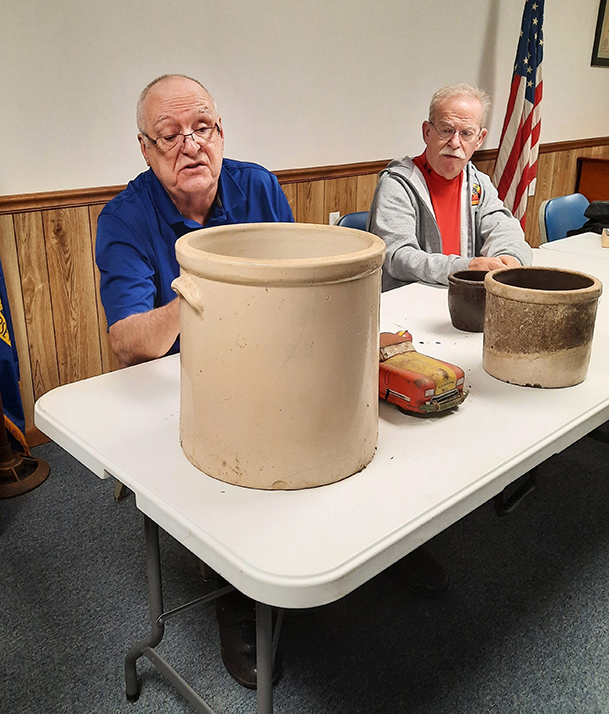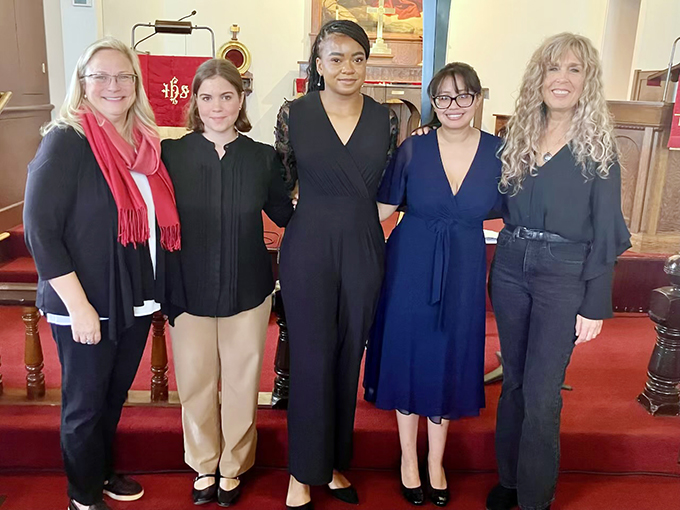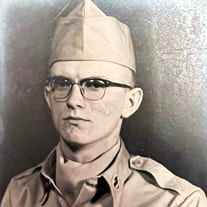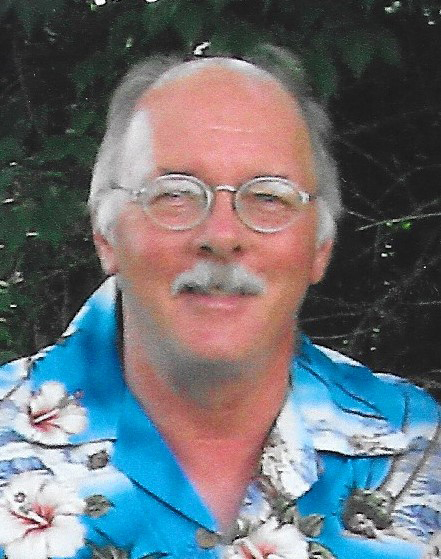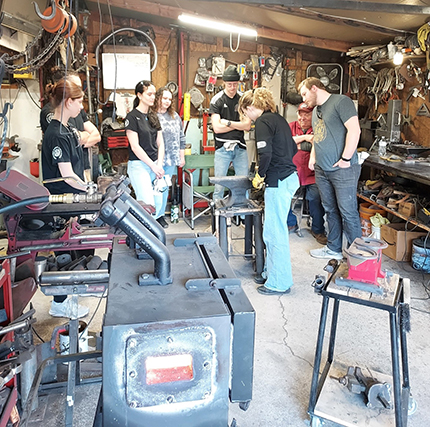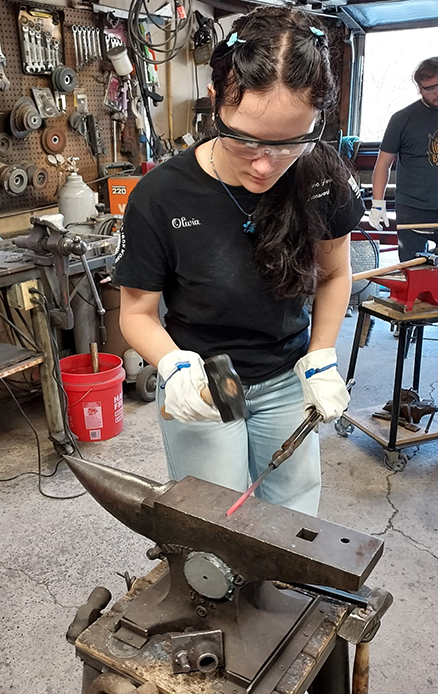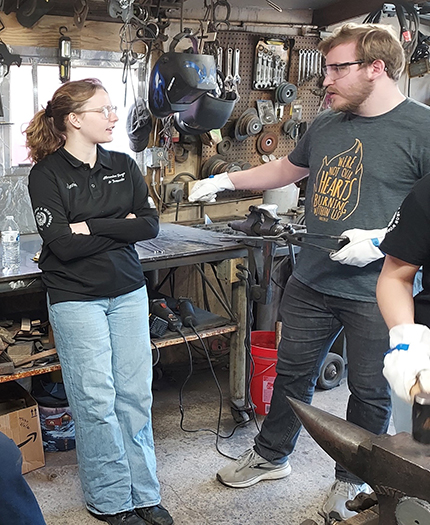Alisha Yocum
As you enter the Learning for Life (L4L) classroom at Catoctin High School (CHS), the smiles and laughter are contagious, and you can’t help but feel the love being spread by students and staff alike.
On the day I visited, students were in the middle of a lesson about vegetables. The students were planting seeds, which they hope will yield a harvest in the future with the help of the Science Department down the hall. Students were sharing their likes and dislikes of the vegetables pictured on the box of seeds—many of whom were not fond of beets.
Frederick County Public Schools (FCPS) offers the L4L Program for students with a variety of developmental and cognitive disabilities. Through small class settings, students learn functional academic and life skills as they work to earn a High School Certificate of Completion. All ten high schools in the county have a L4L program, as well as Crestwood, Middletown, Oakdale, Walkersville, and West Frederick Middle Schools, and Glade, Monocacy, Orchard Grove, and Twin Ridge Elementary Schools.
This is the first year that the L4L program is being offered at CHS, with six students currently enrolled. Jessica Coblentz, a former L4L teacher at Monocacy Middle and a Special Education teacher at Thurmont Middle School, jumped at the opportunity to teach the L4L program when it became available. She currently leads the classroom along with Special Education Assistants, Brenda Triantis, Lacey Littleton, and Lizzie Dougherty.
A typical day for L4L students at CHS includes a mixture of academics and life skills. Students have jobs that teach them skills to become more independent after high school. Two students help in CHS’s pre-school program, while the others go
off campus to the Catoctin Wildlife Preserve. There, students help with jobs like wiping down tables, setting up and preparing for upcoming events, and general cleaning.
Ashlyn Riggles, Relationship Visibility Champion, at Catoctin Wildlife Preserve said they love when the L4L students come to the preserve. “As the kids began coming, they got more excited and more comfortable with our staff. They began asking questions about animals and opening up about themselves.”
It is clear that the L4L students enjoy coming to school every day. When asked what they like about school, the word “Everything” was blurted out without hesitation from student Riley Elias. Although, when taking a minute to think about it, the parade seemed to be a crowd favorite. The L4L Program decorated and rode a float through the Homecoming Parade in the fall. The group came up with a theme and made the decorations themselves. Animals were another crowd favorite, from the animals they see at the zoo to the class pets and a new project, incubating eggs, which they are eagerly awaiting to hatch.
Another student, Josh Ramos, explained the black folders that are also part of their daily routines. Prior to coming to L4L, students relied on teachers to communicate with parents. As part of this program, students write in their folders every day and share what they did for the day and what activities they have coming up to learn responsibility.
Coblentz says she loves the flexibility the program offers to get the students what they need. If academics aren’t working in the morning, then they have the flexibility to adjust their schedule, and if things aren’t working, they can pause and have grace. Through this flexibility, Coblentz says she can see the growth in all the students from the beginning of the year.
Triantis, who they call Mrs. T, said that she is rewarded every day she comes to work. “It is especially rewarding seeing them go out on jobs and learning skills that will make a difference in their life.”
The L4L also has an open-door policy and encourages non-L4L students to visit the classroom frequently. Jacob Hemler, a CHS student who helps out in the L4L classroom in the afternoons, clearly has developed a great relationship with the L4L students. As he entered the classroom on the day of my visit, students were quick to acknowledge him, and a little bantering began in good fun. Coblentz says CHS is a great place for the L4L program. Students and the community are so open and welcoming, and this atmosphere allows the L4L students to thrive as they interact in the hallways and help with jobs around school.
As I left the L4L classroom that day I certainly couldn’t help but feel uplifted by the students who had put a smile on my face from the moment I walked into their classroom. I can’t wait to check back and hear about all the success this program will bring to current and future L4L students in the Catoctin community.
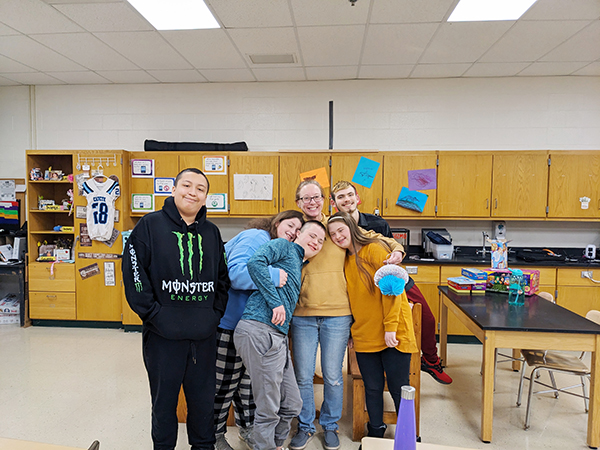
Catoctin High School Learning for Life teacher, Jessica Coblentz, with her students.
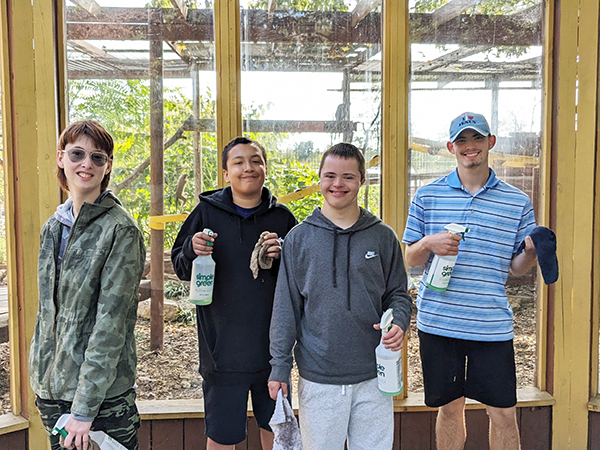
Students from the Learning for Life Program help at the Catoctin Wildlife Preserve with general cleaning duties and upcoming events.
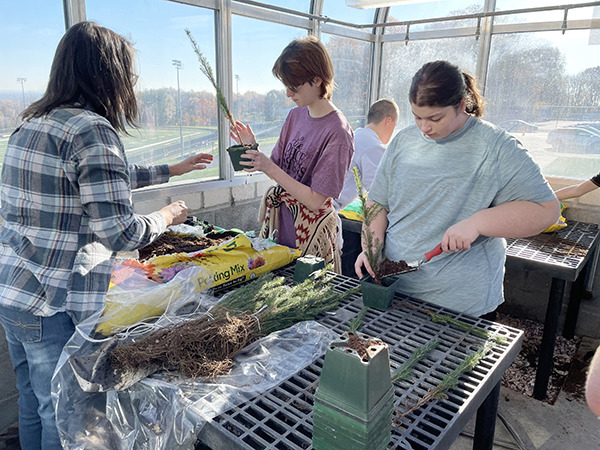
Learning for Life students plant seedlings in the greenhouse.

